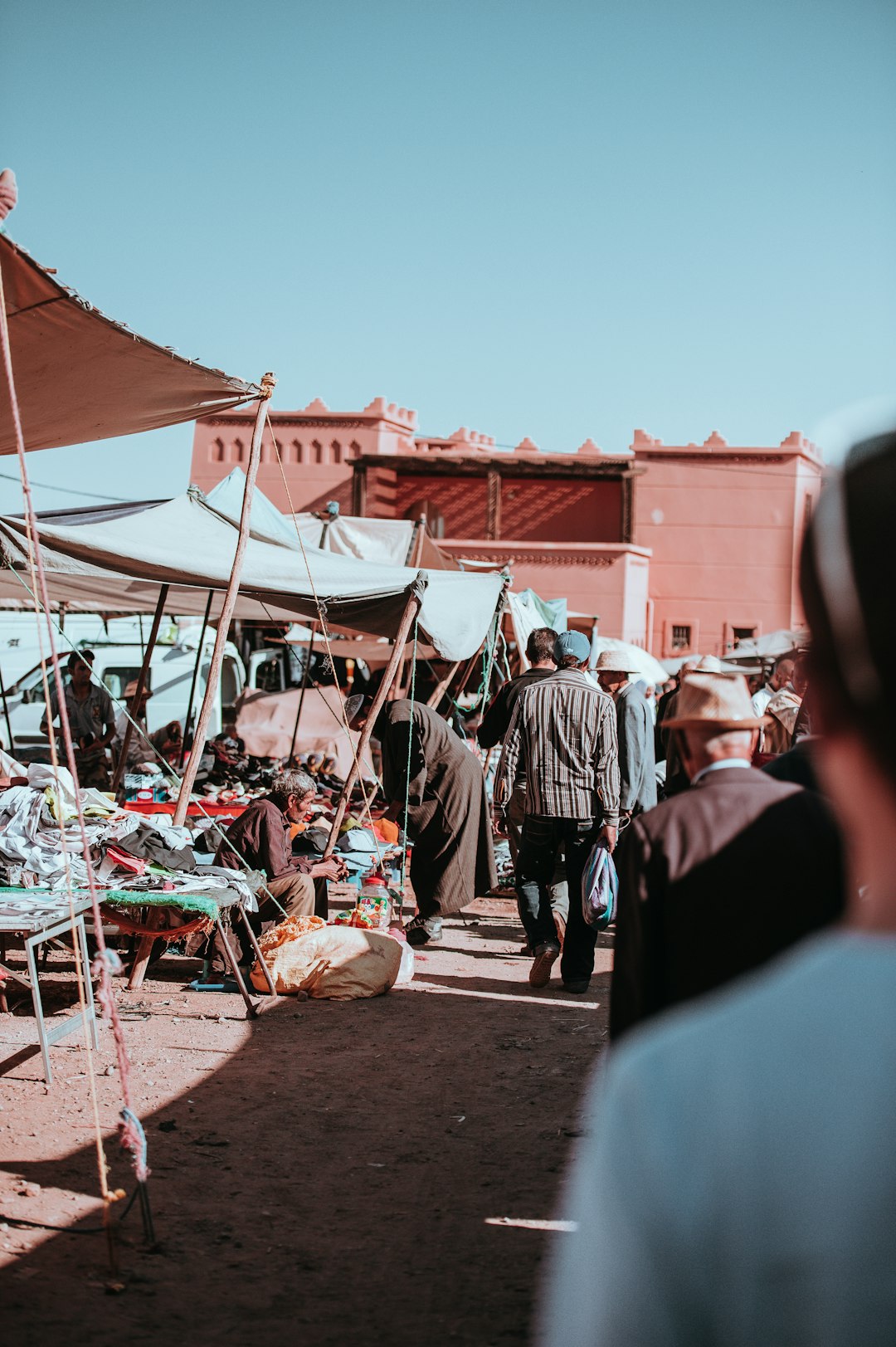
The Best Itineraries for Foodies: A Culinary Journey
# Introduction. Food is an essential part of travel—it connects us to culture, history, and local communities. For food enthusiasts, an itinerary centered around culinary experiences opens up a world of flavor and discovery. This blog post will explore the best itineraries for foodies, highlighting vibrant destinations known for their gastronomic offerings. Whether you’re passionate about street food, fine dining, or cooking classes, there’s something in this guide to tantalize your taste buds. # 1. Tokyo, Japan: A Fusion of Tradition and Modernity. Tokyo is a paradise for food lovers, showcasing a diverse range of culinary styles. Start your journey in Tsukiji Outer Market, where you can sample fresh sushi and sea urchin. For a truly authentic experience, consider booking a Tsukiji cookery class to learn the art of sushi-making. Later, dive into the world of ramen; visit specialty shops like Ichiran or Ippudo for a steaming bowl. Do not miss dinner at an izakaya, a Japanese pub offering various small dishes to share. Finally, sweeten your visit with a stroll through Harajuku, trying unique treats like fluffy cotton candy and matcha-flavored ice cream. # 2. Lisbon, Portugal: Flavors of the Atlantic. Lisbon's culinary scene offers a delightful blend of traditional Portuguese cuisine and contemporary flair. Begin your itinerary with a visit to Time Out Market, where you can sample local dishes like bacalhau à brás (codfish), pastéis de nata (custard tarts), and various artisanal products. Don’t forget to take a guided food tour through Bairro Alto to learn about the city’s history while tasting petiscos. The experience of dining in the Alfama district, accompanied by traditional Fado music, is unforgettable. Finally, explore the local wine scene with a trip to a nearby vineyard in Setúbal, where you can indulge in exquisite Portuguese wines paired with delectable cheeses. # 3. Mexico City, Mexico: A Culinary Capital. Known for its vibrant food scene, Mexico City offers a plethora of tastes and textures. Your itinerary should start at Mercado de la Merced, the city's largest market, where you can sample local produce, spices, and homemade tortillas. Sign up for a market tour coupled with a cooking class to learn traditional Mexican dishes firsthand. Enjoy street food from tacos al pastor to tamales in the city’s bustling streets. For a fine dining option, consider dining at Pujol, one of the best restaurants in the world, to experience modern Mexican cuisine. Complete your day with a visit to a cantina for a tequila tasting. # 4. Bangkok, Thailand: A Feast for the Senses. Bangkok is known for its vibrant street-food scene. Begin your culinary exploration at Yaowarat, the city’s Chinatown, where you can sample dim sum, noodle soups, and exotic fruits. A food tour is a perfect way to navigate this sensory delight, guiding you through hidden gems and local favorites. Attend a cooking class in Old Bangkok, where you’ll learn to cook the quintessential Pad Thai and Tom Yum. Dine at a rooftop restaurant for stunning views of the skyline while enjoying Thai classics with a modern twist. Wrap up your journey with a boat trip on the Chao Phraya River, indulging in traditional dishes from floating markets. # 5. Florence, Italy: A Taste of Tuscany. Florence is a haven for food lovers keen on exploring traditional Tuscan cuisine. Your itinerary should start with a stroll through Mercato Centrale, where you can taste local cheeses, charcuterie, and olive oils. Enroll in a cooking class focusing on handmade pasta—fresh gnocchi and tagliatelle are must-tries! Enjoy lunch at a local trattoria to savor the flavors of ribollita (Tuscan bread soup) and pappa al pomodoro (tomato soup). Don't miss a wine tour in the nearby Chianti region, paired with a rustic meal at a vineyard overlooking the rolling hills. Conclude your journey at a gelateria and sample authentic gelato in creative flavors. # Conclusion. Embarking on a foodie itinerary can transform your travel experience into a remarkable adventure. Each destination brings its unique flavors and culinary traditions to the table, offering opportunities to learn, savor, and enjoy every bite. From bustling street markets to high-end dining, food landscapes provide a deeper understanding of the culture and people. So pack your bags, bring your appetite, and get ready to embark on a culinary journey across the globe. .









